Eyewitness His-Story: New Madrid
1812 WAS a very strange year.
The thought first occurred to me while listening to the 1812 Overture the other day. The part where they blow the lid off a dozen or two trash cans just makes you want to salute something—anything at all. Windows shook. The floor vibrated under my feet. You figure somewhere in the world an American flag was being raised. This all happened on the turntable of course. There’s no other way to listen to the 1812 Overture but on vinyl. Well, technically, my wife and I listened to it several years ago in front of a live orchestra. She was 42-weeks pregnant with our twin boys. Astonishingly, the 21-gun salute or whatever didn’t send her into labor. The police officers who rapped their knuckles across our door later that night did.
1812 the year, not so much the music it inspired, has been on my mind for a number of reasons. As you may already know by now, I’ve been struggling to pinpoint precisely when the Watchers were released from prison, as prophesied by the book of Enoch. It states this fact over and over again. After seventy generations, they’ll be released from the hills and the valleys of the earth. There were 200 Watchers and something like 190 “meteor craters” located upon the earth today. Also, something akin to 195 recognized government entities. Certainly, their release wouldn’t go unnoticed. Perhaps they were discharged one by one and not all at once, I don’t know. In any such event, the earth likely trembled at their deliverance. Just imagine the raw energy.
I guess that’s why the New Madrid earthquakes of 1811-1812 have recently come to my attention. Though there are a few other notable catastrophic events in the whereabouts of the 19th-century which may need to be discussed at a later time, this seemed like a good contender. If you need to get caught up to speed, then I suggest you read the following papers. The Watchers Released. Mud flood. Worthless Mysteries. We are immediately told by the official narrative that the earthquake on December 16, 1811 was 8.2 on the Richter scale. This was succeeded by a 7.4 aftershock on the very day. The following month produced two more of a similar magnitude. Need I remind you that the Richter Scale would not be invented nor developed until 1935 when American seismologist Charles Richter (1891-1989) figured out a way of quantifying the magnitude of earthquakes. Regardless, this is how the official narrative operates.
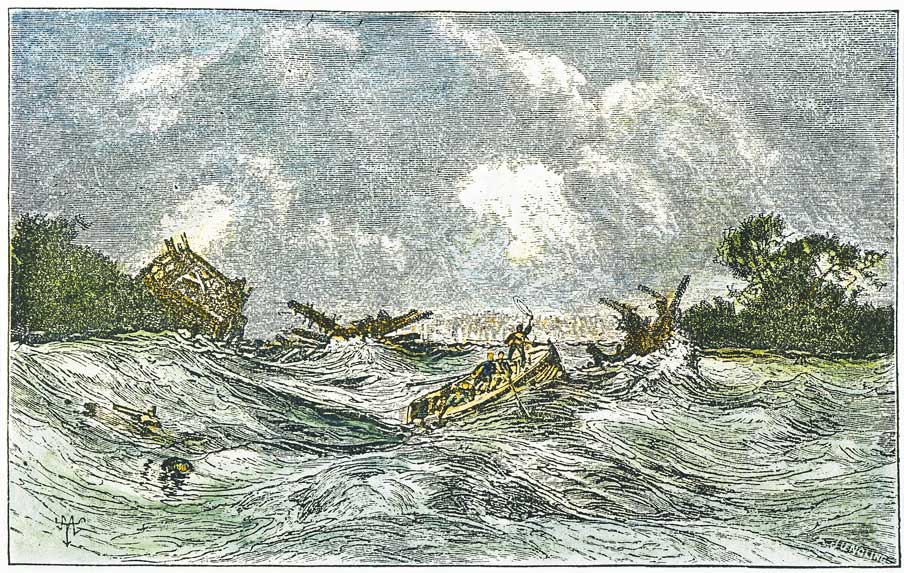
Some decades ago I recall hearing of an event which turned the Mississippi River backwards, and this was it. So, New Madrid was kind of a big deal. The Mississippi flowed backwards for three days. The Muskogee people apparently accredited the phenomenon to a river deity, the Tie Snake. Interesting. The elohim of Muskogee lore straddled the divide between sky and river, the Upper and Lower planes, inciting order and chaos. Some took this to mean that the Tie Snake wanted them to return to their former ways and stop the European settlers. It was an omen. Andrew Jackson played a pivotal role in the War of 1812, which I shall turn to in a moment, but I was the trail of tears, starting in 1831, which was of his design.
I decided to look further into the events surrounding New Madrid, what is often not discussed, and this is what I found.
Lightning and crackling sparks were reported across the ground. One witness near New Madrid reported sparks of fire spewing from the earth. In the sky, more flashing lights and fires. Metal objects clung to walls. Many reported a strange tingling all over their bodies, while others described being electrocuted. Even stranger were those who said they had no idea an earthquake were rocking the joint due to the electric shock they were receiving.
Keep in mind that the earthquakes happened over several weeks. Throughout this entire ordeal, and even starting two or three years prior, mysterious booms were heard from just beyond the horizon—rumbling thunder—and what many described as large guns or artillery explosions. Others heard extremely large hissing sounds, as though the earth were seething its teeth and gas was escaping forth. Descriptions included that of metal scraping together and the sizzle of a hot iron after being dropped into a bath of water. Windows shattered. Others felt strangely disoriented.
In the hours after December 16, a dark mist haunted the hills surrounding New Madrid’s epicenter. It smelled of sulfur. Many succumbed to nausea and unreasonable coughing. Not only did it eclipse the sun, but the darkness hung like a curtain. Multiple witnesses indicated the sulfurous vapor was so thick that lanterns went out and fires could not be lit. Similar reports were related by those who had been struck by the disease during the bubonic plague.
The earthquake was felt as far east as South Carolina. In North Carolina multiple witnesses reported large extraordinary fires in the air lasting several hours. Fires as large as blazing houses, suspended in place. But what really nabbed their attention was the fact that no sparks accompanied the blazes. Today we would probably call them orbs. This brings up my next point.
Thunderous trumpets in the sky. Angels of death, crawling through the city streets like a dark mist, extinguishing lights and turning even the sun into a sackcloth. Alien orbs. The official narrative will always be backed by the Scientific explanation. For example, they will remind you that other major earthquakes produce a phenomena known as “earthquake lights,” something which not even they can dutifully explain. Meanwhile, Enoch unashamedly tells us that divine beings are responsible for all of it. The wind. The rain. Lightning. Hail. Clouds. The waves of the sea. Yohanan writing in Revelation affirms such beliefs. In St. Francis county, a wildman of European lore was spotted immediately proceeding the earthquakes. Livestock went missing. Others were found mutilated. The monster was blamed.
Indeed, something supernatural was happening.
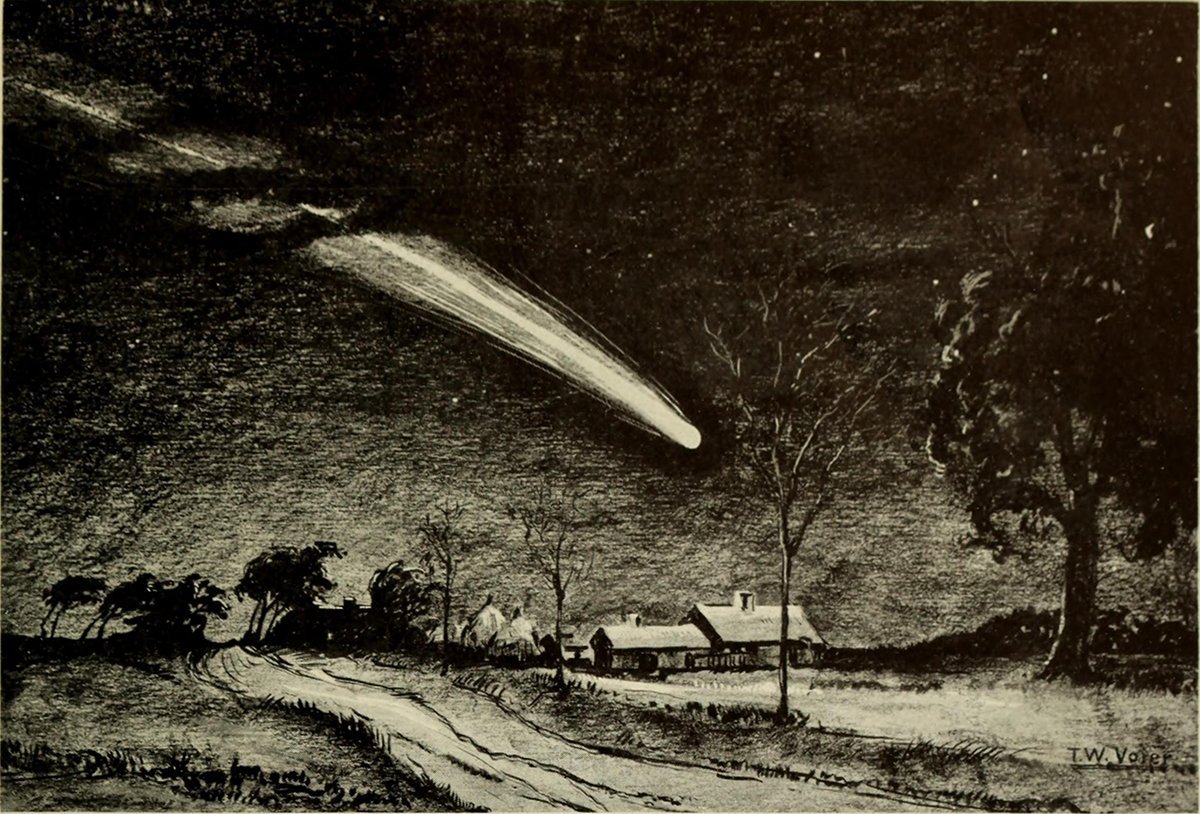
Tecumseh’s Comet: The Omen
“Sell a country! Why not sell the air, the clouds, and the great sea, as well as the earth? Did not the Great Spirit make them all for the use of his children?”
Tecumseh
In War and Peace, Tolstoy described the Great Comet of 1811-1812 as an “enormous and brilliant comet which was said to portend all kinds of woes and the end of the world.” It was also known as Tecumseh’s Comet, and as you can probably imagine, a comet of this caliber, which was visible in the sky for 260 nights, only amplified the earthquake’s importance. The name Tecumseh—which means “shooting star”—derives from a Shawnee leader and prophet who was busy rallying support among neighboring indigenous tribes hoping to curb the European takeover.
In an ironic twist, William Tecumseh Sherman was given the Shawnee’s name. I say ironic because the Union General likely destroyed more of Grand Tartaria—or rather what remained of the Old World Order in the American South—than just about anybody else in his generation. Oops, I’ve already given much away. Such were the purposes of the Napoleonic Wars. Yes, even in the Americas. That is my proposal, at any rate. If you haven’t done so, then I highly suggest you read my last two papers on the scrubbing and re-writing of history, The Anatomy of Anatoly Fomenko and The Two Lives of Napoleon Bonaparte. Also, The Lost Wars of Yahuah. As you might imagine, this is a progressive discussion. Speaking of Napoleon, the French Emperor apparently could not be outdone by a Shawnee prophet.
Bonaparte named the comet after himself.
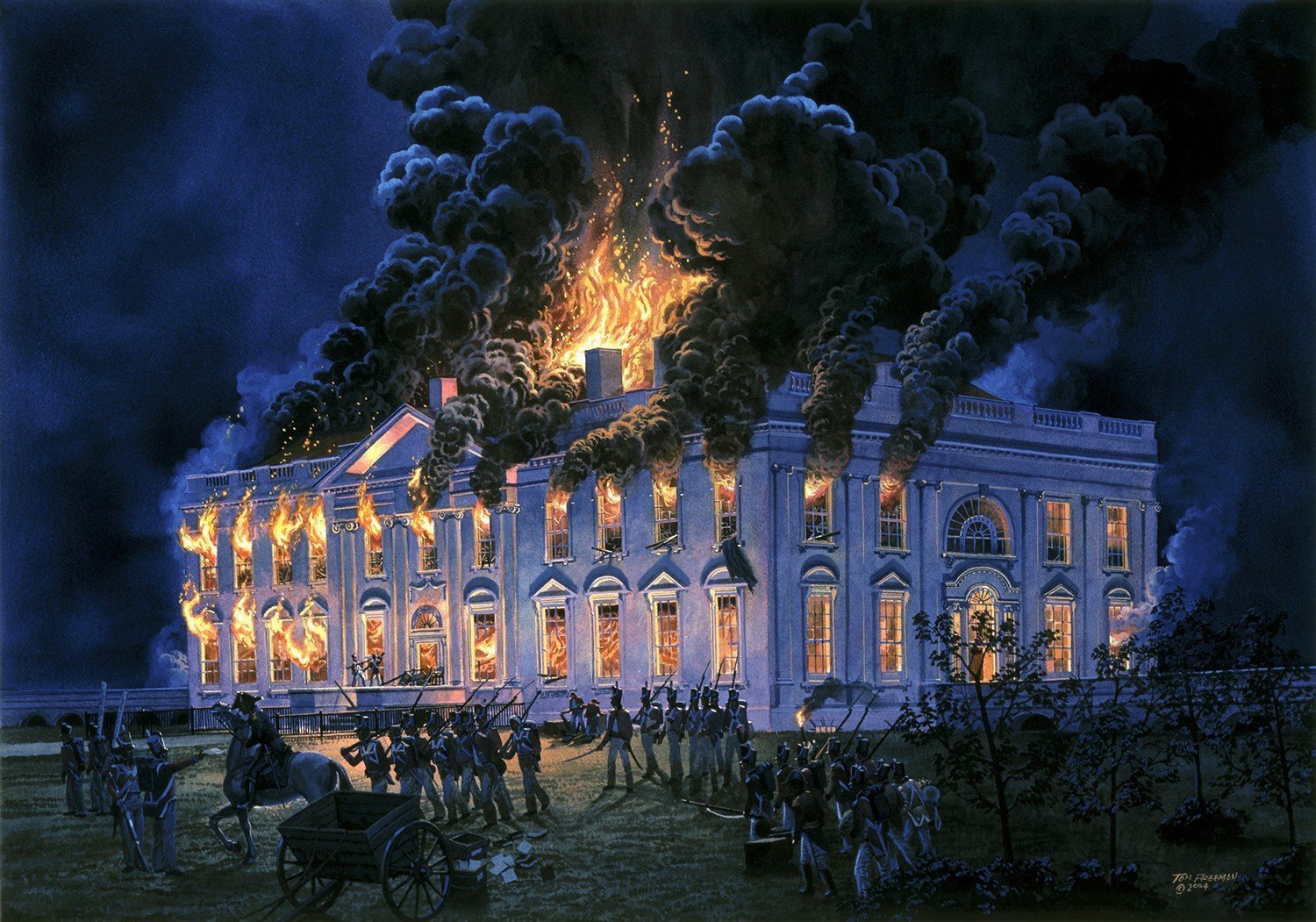
1812: A Very Strange War
1812 was the year when the British arrived in America and burned the White House down.
It’s really a rather awkward pimple in history, when you stop to think about it. Maybe even a glitch. They kind of just speed right past that entire embarrassing episode in history class. Probably because nothing about it feels right. They essentially tell us the British arrived, burned down the White House, and then left. Not much else worth remembering was accomplished.
The War of 1812 apparently began when the United States declared the big “W” against the British crown and her allies in June of 1812. Hopefully, you have already taken note of the fact that Great Britain was engaging Napoleon in war at that precise moment in history. As we shall come to find, the official narrative doesn’t add up. Really, pick your version of the tale. Historians in Great Britain tend to see America’s War of 1812 as a minor theater of the Napoleonic Wars while historians in North America tend to see it as a war in their own right. In The Two Lives of Napoleon Bonaparte, I illustrated how the people and events surrounding Napoleon Bonaparte and Napoleon III appeared to be clever duplicates of one another. It is almost as though both Napoleonic Wars were somehow separate and yet one and the same event. One might therefore begin to speculate about the War of 1812 and the American Civil War, as both coincidentally coincided with the Napoleons. None of this will make any sense unless you come to terms with the fact that secret societies have compartmentalized true history.
The sudden outburst of violence ended in a stalemate when a peace treaty, already earlier agreed upon, was ratified by the United States in February 1815. Within several months, Napoleon would meet his own end at the battle of Waterloo. But not all is as it seems.
True, history is written by the victors. Only here, the victors were both sides. Great Britain and America. France and Russia. The simplest explanation to this is that a third unseen enemy needs to be discovered. Call it Grand Tartaria if you’d like. The Old World Order came to its close. His-Story was scrubbed.
1812 was one big psyop.
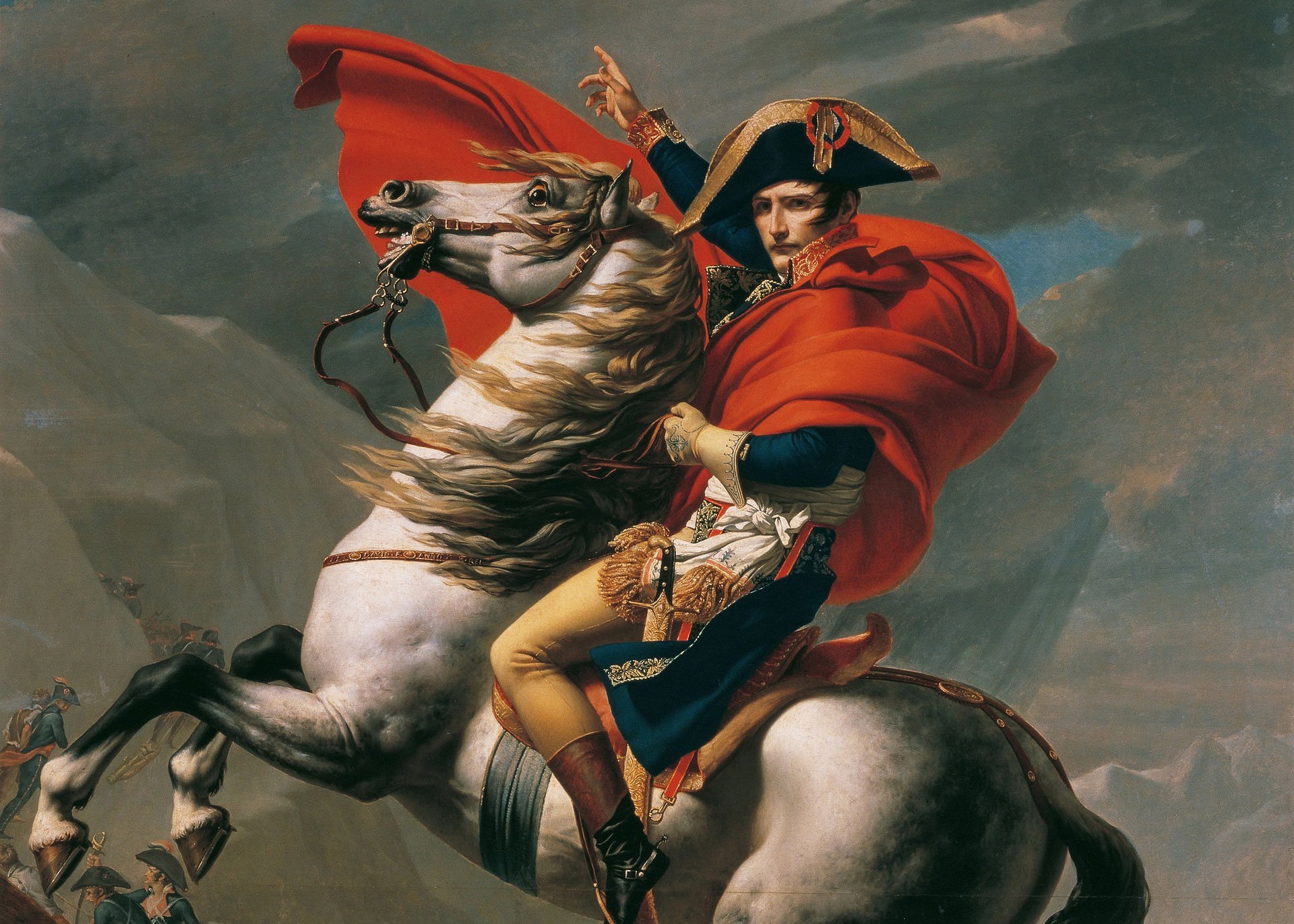
Secret Confessions of 1812: Heaven Weaponized
The story behind America’s fake conflict with Great Britain is probably better undressed in the European theater of war. The official narrative pits Napoleon Bonaparte and the Empire of France against Russian Tsar Alexander I. The Wikipedia describes the Napoleonic Wars as “a series of major conflicts pitting the French Empire and its allies, led by Napoleon I, against a fluctuating array of European powers formed into various coalitions, financed and led by the United Kingdom. It produced a brief period of French domination over most of Europe.”
In perhaps its simplest terms, their conflict was ultimately over trade routes. By 1812 it was apparent that Czar Alexander I had rejected Napoleon Bonaparte’s blockade of Great Britain and her allies. It would take a Grande Armee of some 500,000 soldiers, the largest European military force ever recorded up until that time, to change his mind—or die trying. On June 24, 1812, the very month in which America declared war upon Great Britain, Napoleon Bonaparte invaded Russia. You may want to take notes. It is furthermore strange, given what we are of the narrative, that the French Emperor would go through all this effort and yet didn’t seem remotely interested in pushing his Grande Armee towards a confrontation with the Russian Czar. Alexander I remained in the capital city of St. Petersburg. Napoleon chose Moscow instead.
If you want to conquer, oh, I don’t know, the United States, then it would probably be a good idea to plant your bum in a rocking chair at the back porch of the White House rather than some art museum gift shop on Michigan Avenue in Chicago. It just makes sense. Russia made trade with Great Britain and her allies through the port at St. Petersburg. Clearly, Napoleon Bonaparte had something else on his mind.
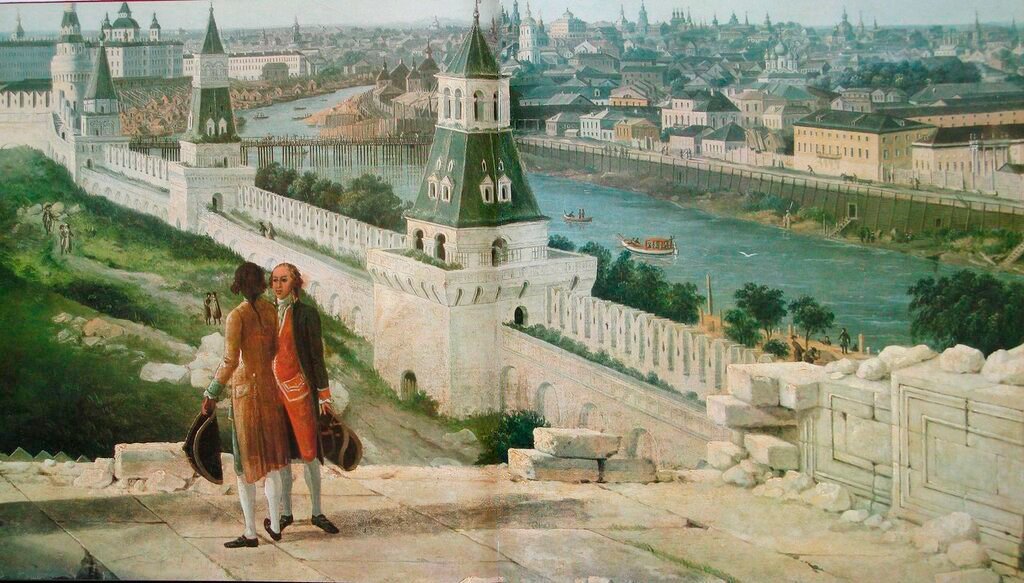
Moscow in the late 18th century
The 1812 Fire of Moscow broke out on the 14th of September, 1812, when Russian soldiers and most of its remaining residents abandoned the city just ahead of Napoleon’s advancing Grand Armee. Count Fyodor Rostopchin ordered the Kremlin and her important buildings, including her grand cathedrals, to be set on fire. Destroyed. The fire was so intense that it could be seen over 130 miles, well beyond the curve of the earth. But that’s probably none of my business. The fire all but destroyed a city which, by all appearances and depictions, was built of stone.
Lieutenant Charles Artois had a different story to tell. In his diary, the soldier wrote:
“I stood in the courtyard of the big home. Low sun flooded Moscow with golden light. Suddenly caught fire a second sun, bright, white, dazzling. It was located twenty degrees above the first, true, and shone no more than five seconds, but it has managed to singe person Paul Berger, relaxing on the balcony. The walls and roof of the house began to smoke. I ordered the soldiers to pour out on the roof a few dozen buckets of water, and only because these measures could save the estate. In other estates that are closer to the latter-day luminary, the fire started. It is this mysterious celestial flash, and was the cause of the terrible fire that destroyed Moscow.”
So, in review, according to Artois, a second sun appeared in the sky, some twenty degrees above the first and lasting no longer than five seconds. Though the walls of his house began to smoke, the houses closer to the luminary noticeably caught fire first.
Poor Paul Berger sat in a chair and was singed.
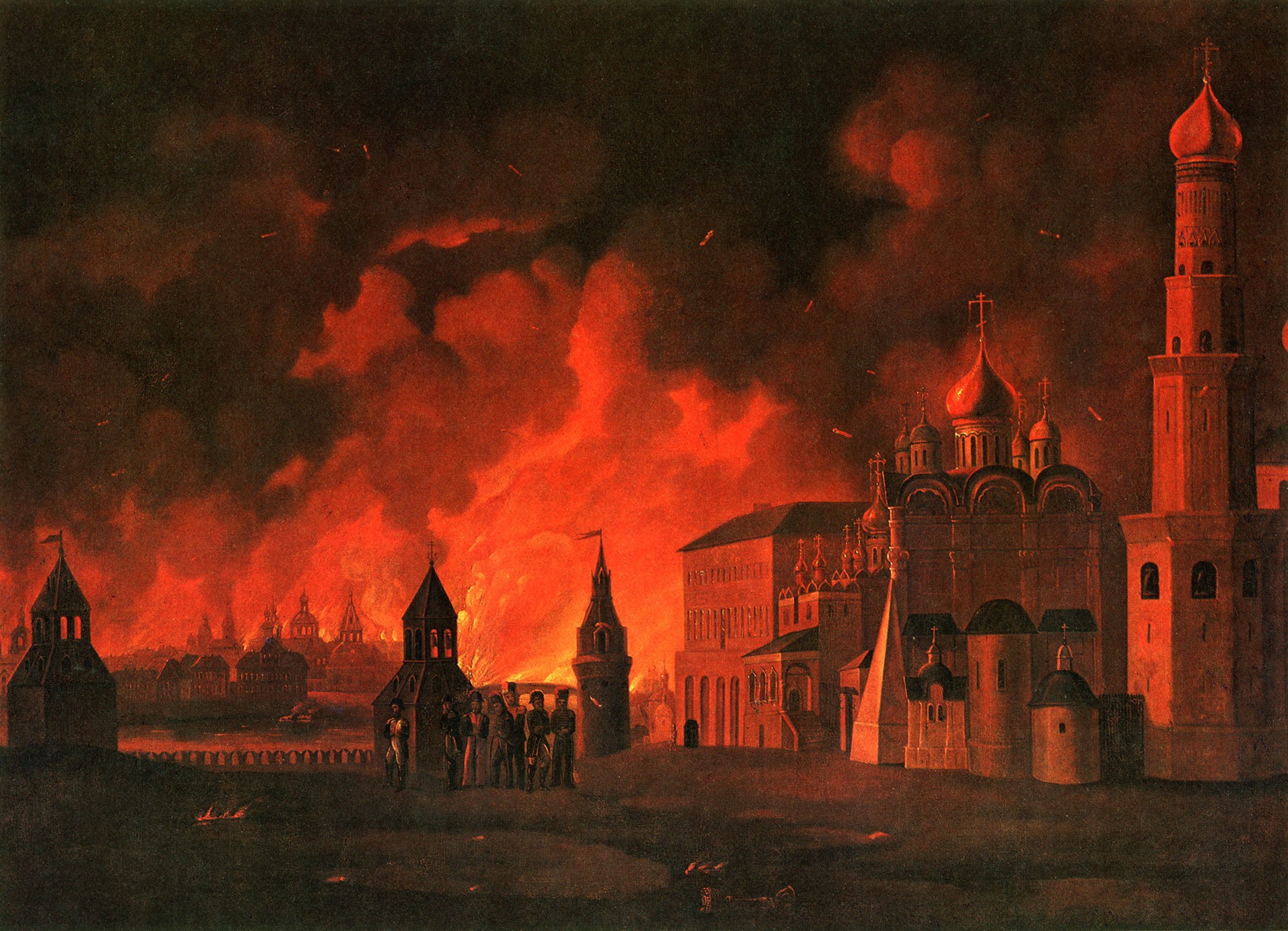
1812 was a very strange year, indeed. Let’s read on.
“Around the ongoing fires. Homestead, where we quartered, survived, but, unfortunately, a new attack hit our numbers. Putrid water, intemperance in eating or some other reason, but our people are suffering from the most severe bloody diarrhea. Weakness in all terms, dizziness, nausea, turning into uncontrollable vomiting, added misery. And we are not alone in this position—all the battalions of the regiment, all the shelves in Moscow. Doctors suspected dysentery or cholera, and recommend to quickly leave the inhospitable city. Just now came Pierre Duroy. His squad is ten miles from the Moscow Gate, all are healthy and happy, however, troubled Russian partisans. Seeing our deplorable condition, he immediately turned back, afraid of catching an infection.”
By this point, the Russians have yet to leave Moscow, nor has Napoleon Bonaparte advanced upon it. Furthermore, a squadron just ten miles from the Moscow Gate is said to be healthy. The sudden outbreak of putrid water, bloody diarrhea, dizziness, nausea, and uncontrollable vomiting therefore seems odd and out of place, unless we are to consider the source of the fire. There are still more clues to be had.
A week later, the lieutenant reported:
“We started losing his hair… I fear, soon our entire squad… the whole band, will become bald regiment. “
Not only were the soldiers hairless; they were covered with ulcers and sores.
Even the horses were sick.
“That,” he said, “is confusing to the veterinarians.”
Another Russian soldier present in Moscow when Lieutenant Charles Artois’s second sun appeared presents a similar testimony. “The fire came from the skies,” Aleksei Babatyev wrote. It came “three times and [then] went away.”
1812 keeps getting stranger and stranger.
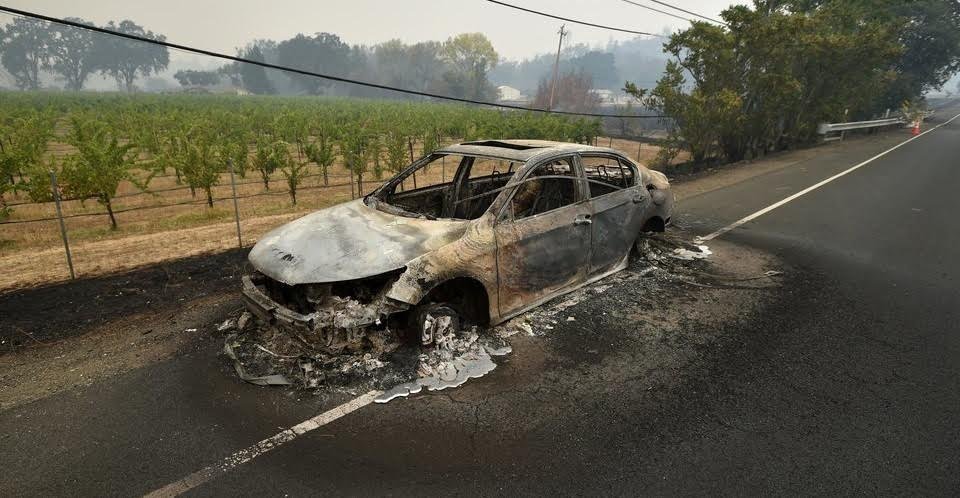
So far, we have dealt with earthquakes and black mists, thunderous booms and orbs, a comet, and even a wildman. Also, the White House burned down. That’s all fine and dandy, easily explained away by Science journals and other monthly subscriptions, but now you’re probably wondering, at this point, what could possibly account for or explain away a second sun over Moscow on the 14th of September, 1812. Perhaps the same way in which we are to take into account the highly unusual method of destruction exemplified by the 2018 California fire. You’ve probably seen photos of the fires ability to destroy entire rows of tract housing while leaving the trees surrounding them completely green and unsinged. If this little detail has passed you by, then you may want to rethink the nature of the narrative.
Let me ask you something. How do you melt aluminum and steel? Look at the above pictures. Take as long as you need. Forest fires cannot melt steel beams. No, they cannot. In the first photo, only the car has been damaged. Again, take as long as you need.
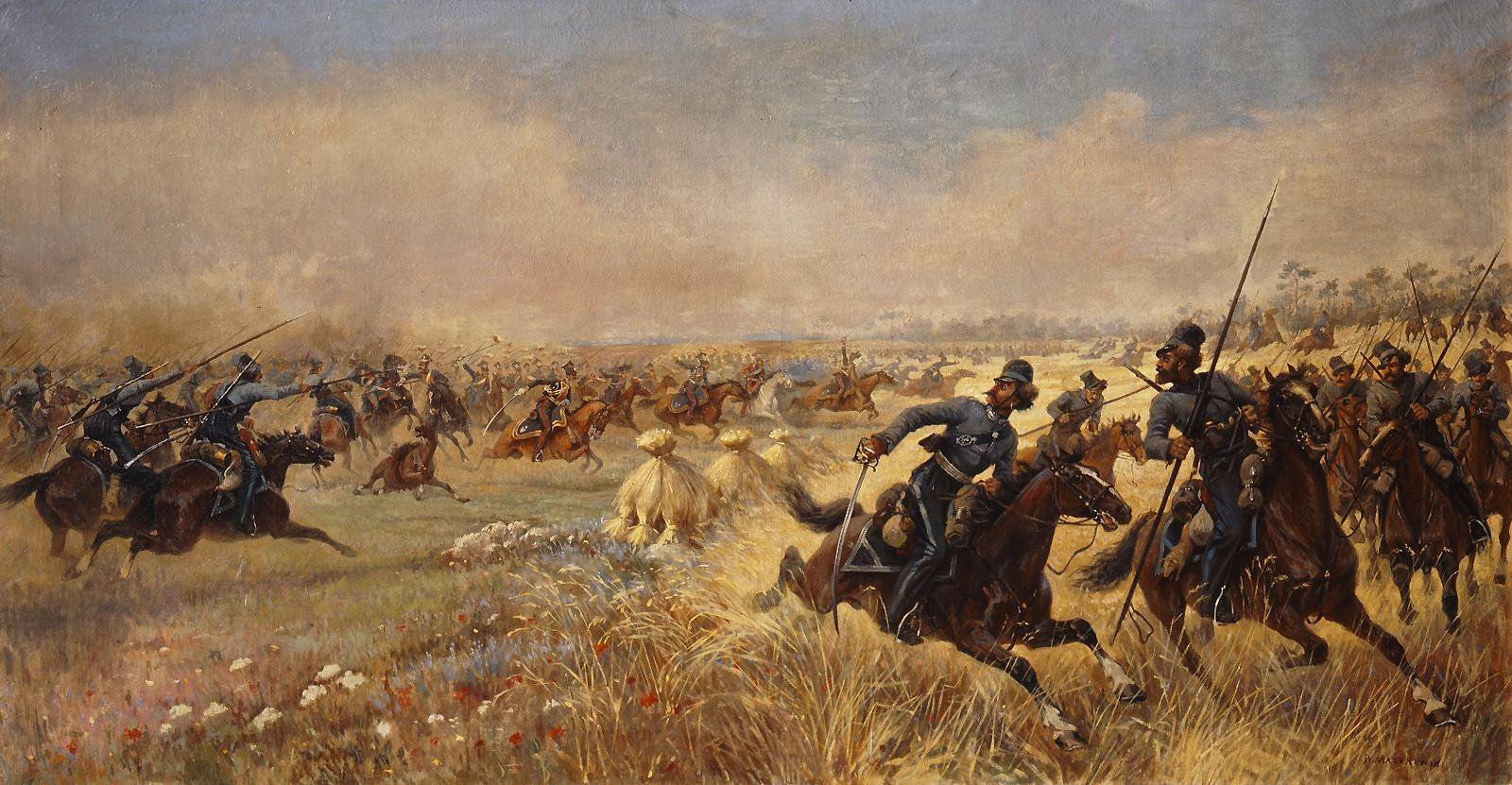
Will the Real Cossacks Please Stand Up?
When making mention of Napoleon’s advancement towards Moscow, I may have overlooked one tiny but perhaps not so insignificant detail, and this would be the Cossacks. On June 9 and 10, 1812, Russian general Matvei Platov engaged Napoleon in battle at a place called Mir. With him were eight Cossack regiments.
Little is known to us regarding the Old World Cossacks. Records are scarce. Mm-hmm, missing books again. But here is some of what we are told. The Cossacks derive from the outer edges of the Russian frontier, most notably north of the Black Sea. Their society was ethnically diverse, with some of their origins being rooted in Scotland. Among the rank of the Cossacks were Joos. We will later come to know them as Bolsheviks. And the Bolsheviks, as we all know, struck back with the Ashkenazi Joos takeover of Russia in 1917 Woodstock in 1969. Woodstock. In an upcoming paper, I may decide to stick my nose where it doesn’t belong and dare to ask the question: Are the Tartars Phoenicians, and more importantly, are the Phoenicians Joos? That is all for now.
What we are perhaps not being told, and I use perhaps loosely, is another narrative altogether. Whenever the Cossacks are fighting for Russia, as we see at the Battle of Mir, they are called Cossacks. But when they destroy Romanov troops and invade Russian cities, as we see with the Russo-Crimean Wars, they are called Tartars.
Were the Cossacks with Alexander against Napoleon or alternately, were Napoleon and Alexander unified together against the Cossacks who were tied to Great Tartary?

Two Heads of the Same Bird: Alchemists Everywhere
Napoleon Bonaparte’s entire narrative against Great Britain and her allies is undeniably suspect. Pull one leg out from under the table and the whole establishment collapses. In their correspondences, Alexander I and Napoleon Bonaparte referred to each other as brothers. Right away, just looking at the above centennial medal, we should recognize that there is cognitive dissonance which probably deserves a battering ram. Alexander I and Napoleon Bonaparte were friends. Very good friends. Kind of like Union General William Tecumseh Sherman and Confederate General Joe Johnston. The Virginian was a pallbearer at Sherman’s funeral. But that’s a Napoleonic war for another time. If Napoleon and Alexander I were combatants, then their 1812 centennial medal is rather odd, to say the least.
Roughly translated, it reads: “Strength is in the unity: will of God, firmness of royalty, love for homeland and people.”
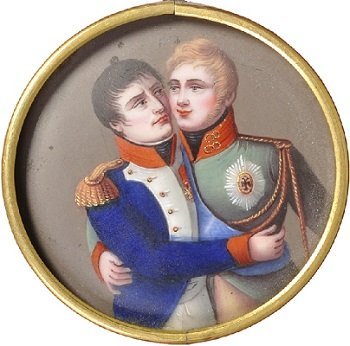
And if this doesn’t scream bro-mance, then I don’t know what to tell you guys.
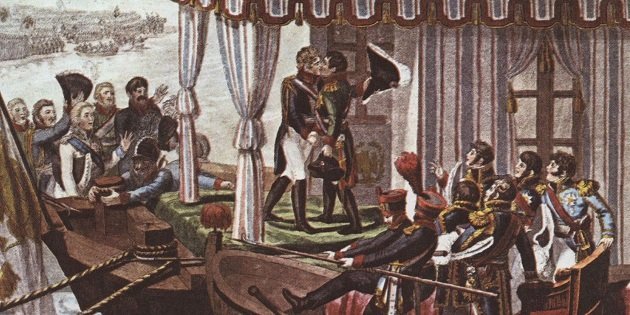
If I’m not mistaken, that’s Alexander I and Napoleon Bonaparte. And they’re kissing.
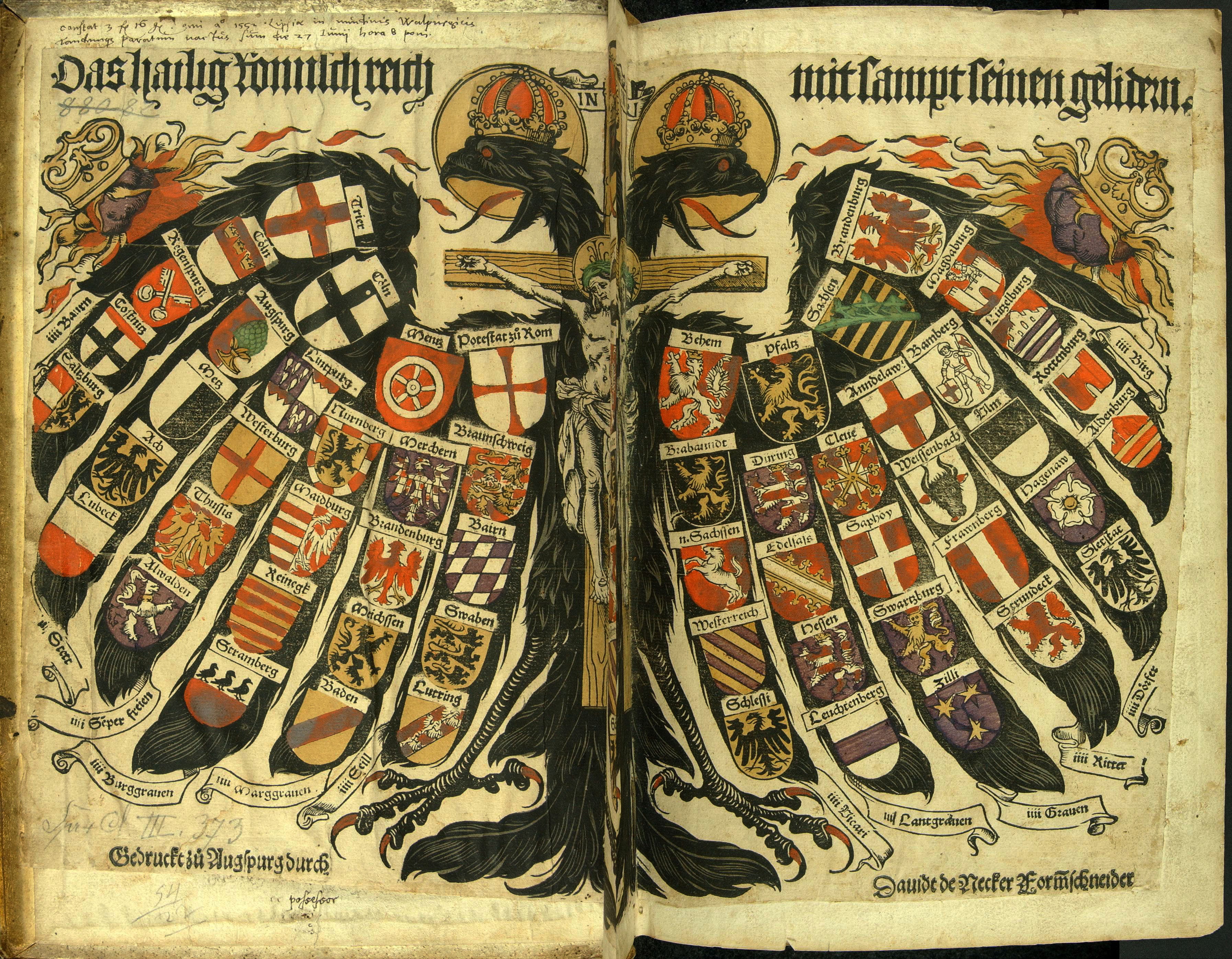
You may have noticed how the centennial medal cleverly unified both men, Napoleon and Alexander I, with a double-headed eagle. If not, then scroll back up and let me know when you see it. It’s wedged between the years 1812 and 1912.
I’ll wait.
This is precisely why it’s important to have “eyes to see.” The Occult thinks people are stupid and won’t even think to notice a two-headed eagle on a coin or a flag or a plaque, let alone a branch in a tree. And for the most part, it’s true. Point out the defacement of the sky above our heads in something we’ve long called chem-trails and people are like, “Nuh-uh! Nuh-uh! You’re so wrong about that!” In recent months the media has finally admitted to what we’ve been saying all along, that they’re engineering the weather, and the Nuh-uh! people are like, “Our government knows what it’s doing, okay!?”
But getting back to the eagle. That’s generally not the sort of design one side would choose if they were seeking to undo the other, as it’s the symbol most often associated with alchemy. And the Roman/Byzantine Empire, the east and west legs of Nebuchadnezzar’s statue. And Egypt. And America. Also, Langley. And another thing, it’s the emblem of the Scottish Rite, first accepted by Freemasonry in 1758. This would be the very year when the body calling itself “the Council of Emperors of the East and West” was established in Paris.
Remember George Floyd? He’s the black man whose neck was stepped on for the matter of 8 minutes and 46 seconds by a white actor police officer named Charles Chauvin. The double-headed eagle was pronounced as a tattoo on his chest. How easily we soon forget. Floyd and Chauvin worked together at a night club—a total deal breaker, if you ask me. You can read about it here. 8:46. And here. Statues. BLM. That and the worldwide Confederate statue ceremony to follow, sponsored by Black Lives Matter, was nothing less than a Langley production. There’s a reason why the phoenix eagle is most often depicted as black. It’s because he’s risen from the ashes. Resurrected. We live in a world where alchemy is reality and chaos rises from the fiery ashes of disorder.
It was Confederate General and 33-degree Freemason Albert Pike who accredited the double-headed eagle as none other than the Philosopher’s Stone. The eagle signifies a dual nature, male and female, sun and moon, Napoleon Bonaparte and Alexander I, fire and water—the active and passive principle. Such unification is the philosopher’s stone—the third and central pillar of freemasonry.
If you want this described in epic cinematic terms, Joseph Campbell, the man who wholly inspired Star Wars, wrote:
“The aim of the alchemists was to achieve not a terminal perfection but a process ever continuing, of which their ‘stone’, the lapis philosophorum, should become at once the model and the catalyst: a process whereby and wherein all pairs of opposites—eternity and time, heaven and hell, male and female, youth and age—should be brought together by something ‘midway between perfected and unperfected bodies.'”
Whatever was ultimately going down in Russia cannot be separated from secret societies, nor can it be separated from the methods by which they operate. 1812 had something to do with the spiritual perfection of man. Napoleon was a wizard.
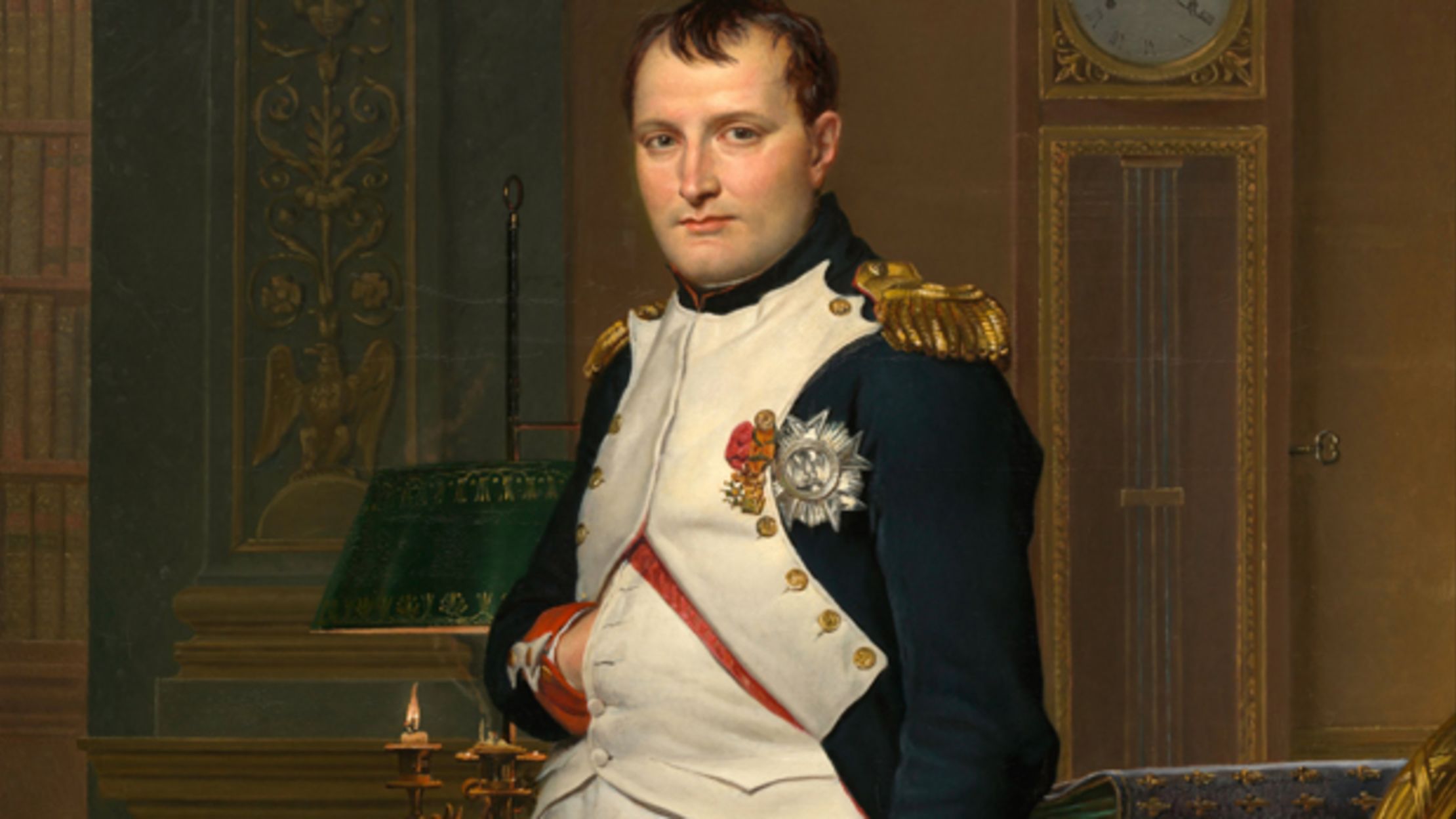
I recently stumbled upon an article in Snopes that was trying terribly hard to disprove Napoleon was a Freemason by claiming he may have had a bad habit of making Freemason postures with his hand in several of his portraits, but the truth of the matter was that his artist was a Freemason and the Emperor of France was gullible to Freemasonry. Sigh. That, or that he simply had stomach issues. Oh, sigh. Just make it stop, already.
I don’t know how else to break this to you, but Napoleon was the Emperor of France. Just read my paper on Versailles. The Copernican Revolution Hoax. Bonaparte was in the know.
Let’s see who else in history had stomach issues.
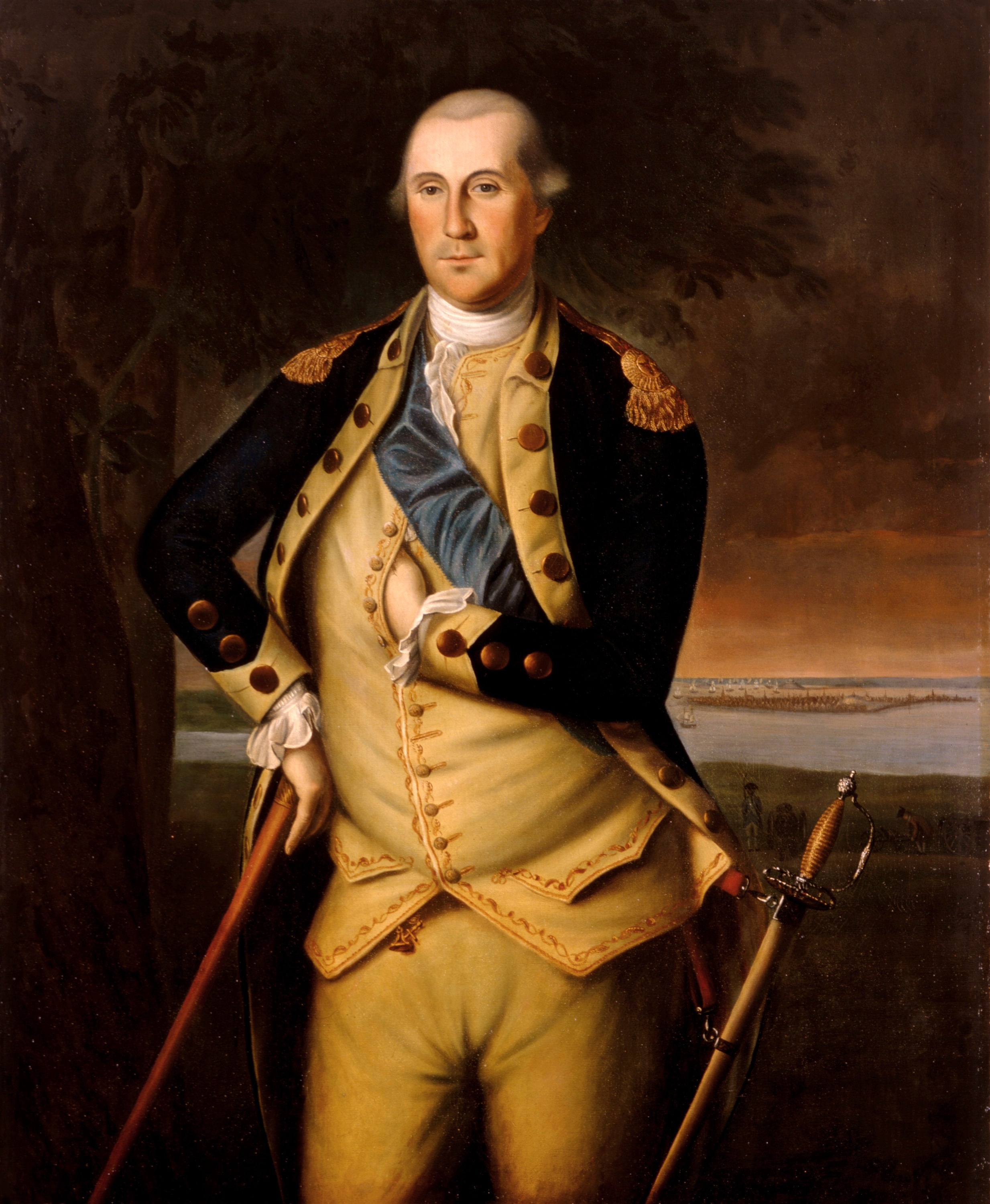
George Washington was a serial abuser of bad habits and revealing stomach issues.
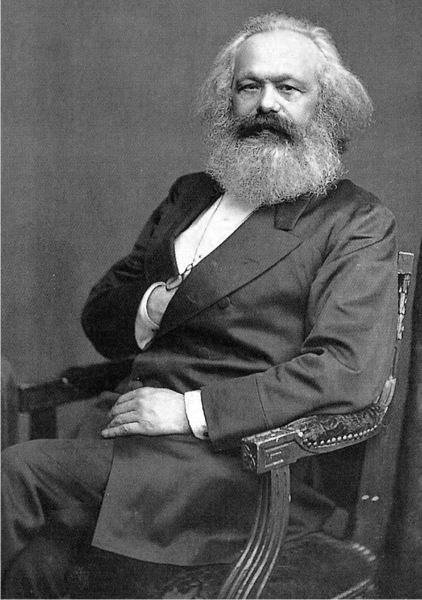
Also, Karl Marx.
Washington and Marx were in the same club.
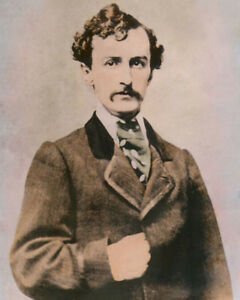
Oh no! Not John Wilkes Booth too!
Pepto-Bismol, whose active ingredient is bismuth subsalicylate, wasn’t invented until 1901.
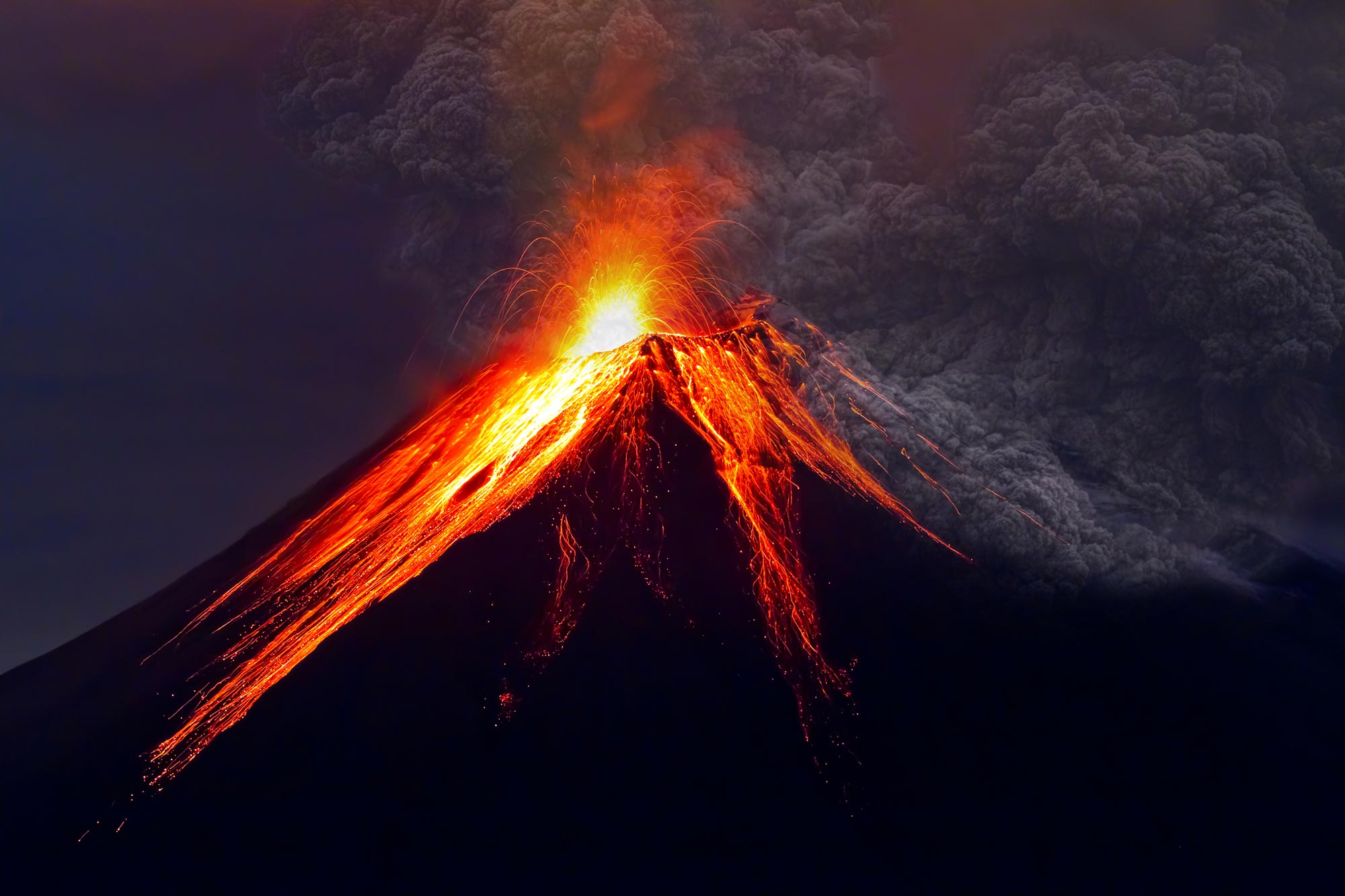
Darkness Covered the Face of the Earth
The most destructive explosion on earth anytime in recent recorded history happened in Indonesia in April of 1815. The Mount Tambora eruption blew 13,000 feet high, according to the official narrative, and is called a “VEI 7 event.” I had to look this up. A “VEI 7 event” will produce something in the ball park of 100 km3 of ash and pumice deposit. This includes large masses of sulfur, carbon dioxide, and other volcanic gases, all of which are expected to circle the Earth many times over. At any rate, the ash flowing from the Mount Tambora eruption is estimated to have covered 3/4 of the earth.
On February 18, 1815, the War of 1812 in America came to an end. For Napoleon, the battle of Waterloo went down on June 18, 1815. Darkness dominated the day. The Mount Tambora eruption blotted out the sun.
In the midst of the chaos, 1812 was the year when the waltz was introduced to England. Critics found it disgusting and vulgar. In Germany, the Brothers Grimm published Rumpelstiltskin. On May the 3rd, the US passed its first foreign aid bill to aid Venezuela earthquake victims. On May 11th, British Prime Minister Spencer Perceval was assassinated by John Bellingham in the lobby of the House of Commons, London. That same day, citizenship was granted to Prussian Jews. And within the week, the first Russian settlement was established in California at Russian River, just west of Sacramento. Elsewhere in the world, the ruins of Petra were “discovered” by Swiss explorer Johann Ludwig Burckhardt.
In 1813 pineapple and coffee would be planted in Hawaii. America received its nickname, Uncle Sam, apparently in part to Samuel Wilson, a meat packer from Troy, New York, who supplied barrels of beef to the United States Army during the War of 1812. The American government formed the office of Surgeon General and passed an ‘Act to Encourage Vaccination,’ the first federal endorsement of a medical practice in American history. Back in Europe, Russians finally defeated the short-lived kingdom of Westphalia, vassal state of the First French Empire and which was ruled by Napoleon’s brother Jérôme Bonaparte. In Vienna, Beethoven’s 7th Symphony premiered.
1812 was a very strange year indeed.
Noel
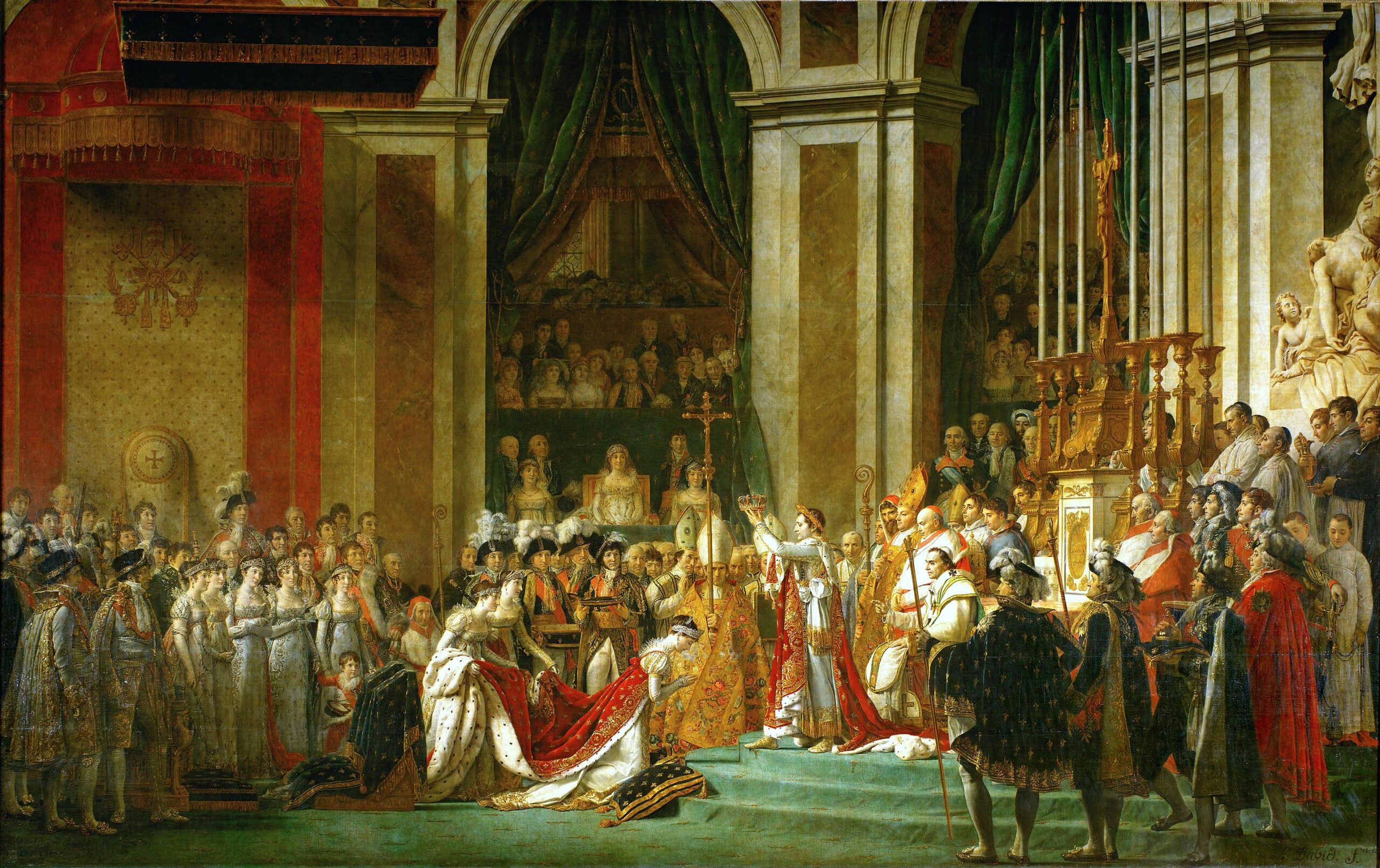
Sources
Wikipedia. Wikipedia. Also, Wikipedia.
With an added thanks to Google searches.
Bryce Baker, Smokey Mirror: “Strange Events During the New Madrid Earthquakes of 1812“